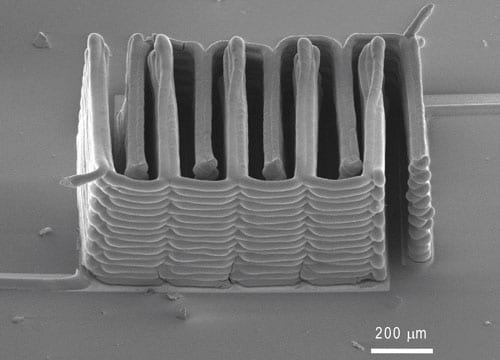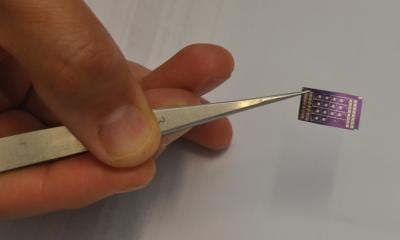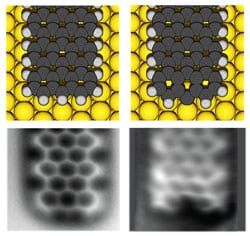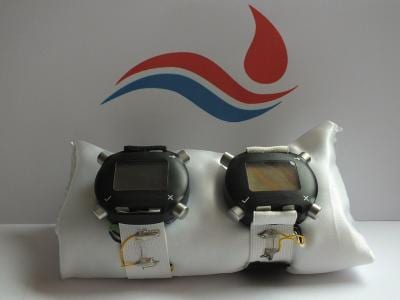Novel application of 3D printing could enable the development of miniaturized medical implants, compact electronics, tiny robots, and more.


Novel application of 3D printing could enable the development of miniaturized medical implants, compact electronics, tiny robots, and more.
Scanning transmission electron holography microscope, the first such microscope of its type in the world, up and running at University of Victoria.
The Semiconductor Research Corporation and the National Institute of Standards and Technology have awarded UT Austin a $7.8 million nanoelectronics award.
Tufts nanomedicine and tissue engineering researcher will receive $240,000 over four years to advance his research.

An “electronic nose” sensor being commercialized by Innovation Economy Crowd (ieCrowd), will be further refined to detect deadly pathogens.

Scientists at Aalto University and Utrecht University have created single atom contacts between gold and graphene nanoribbons.

Innovative device produced by STBL Medical Research using piezoelectric fibers from Empa.

Graphene can be made magnetic and its magnetism switched on and off very simply, opening a new avenue towards electronics with very low energy consumption.
19 research institutions and companies release results of three years worth of study on 16 different nanomaterials.

Underground civil engineering work for the X-ray laser European XFEL is complete for 2016 startup.